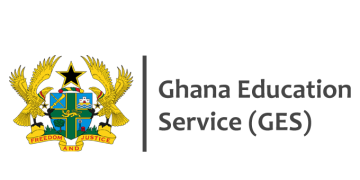On the tenth day of OpenAI’s “12 Days of Shipmas” celebration, the organization used a more traditional approach by establishing a phone line that users could use to communicate with ChatGPT.
As OpenAI showed in its live stream, anyone in the United States can use any phone-capable device, including a rotary phone, to contact 1-800-ChatGPT (1-800-242-8478). You can use WhatsApp to send a message to ChatGPT if you have an international phone.
It may seem strange that in order to ask a question of ChatGPT, which provides desktop versions for MacOS and Windows, a mobile app for iOS and Android, and a web version, a phone number is required. However, according to OpenAI, the feature is best suited for people who don’t have reliable data connections.
Deploying AI wherever it can
According to OpenAI, the innovation makes ChatGPT more widely accessible. After all, phoning a number is typically free and available to those without limitless data or without a Wi-Fi connection nearby.
However, the monthly allotment of time for calling ChatGPT is limited to 15 minutes.
ICYMT: Prophet Adom Kyei-Duah claims to have known the outcome of the 2024 election since 2008.
Tech companies have previously used texting or phoning to increase their customer base. Facebook allows users to publish on the social media site via SMS in nations like the Philippines. In the Philippines, where the majority of people had a cellphone—though not necessarily a smartphone—this let Facebook reach a wider audience.
Filipinos are currently among the biggest social network users.
It’s not that users are suffering from ChatGPT. Despite increased market rivalry, it remains one of the most popular AI platforms available. According to OpenAI, as of September, its corporate solutions—ChatGPT Enterprise, Team, and Edu alone—had over a million users. ChatGPT itself had 200 million users a month prior.
ChatGPT is free from OpenAI, however members at the Plus, Teams, Pro, Enterprise, and Edu tiers have access to its more sophisticated models and other robust features.
“This is an experimental way to talk to ChatGPT, so availability and limits may change,” the company said. “For a fuller experience with more tools, higher limits and more personalization, existing users should continue using ChatGPT directly through their accounts.”
The drawbacks
ChatGPT is similar to OpenAI’s Voice and Advanced Voice Model when you call it. I asked ChatGPT for suggestions on things to do while in Tokyo on a layover. As anticipated, it provided me with several recommendations.
The distinction is that I did not receive a readout of my ChatGPT conversation. Anything we talked gets converted into a textual chat that I can review when I log into my account if I use Advanced Voice Mode.
Furthermore, I don’t think any coders will call ChatGPT and request that it code anything.
However, the feature is useful and intriguing. It’s not bad for something that OpenAI developers made for a Hack Week a few weeks ago.
SOURCE: VENTUREBEAT


























